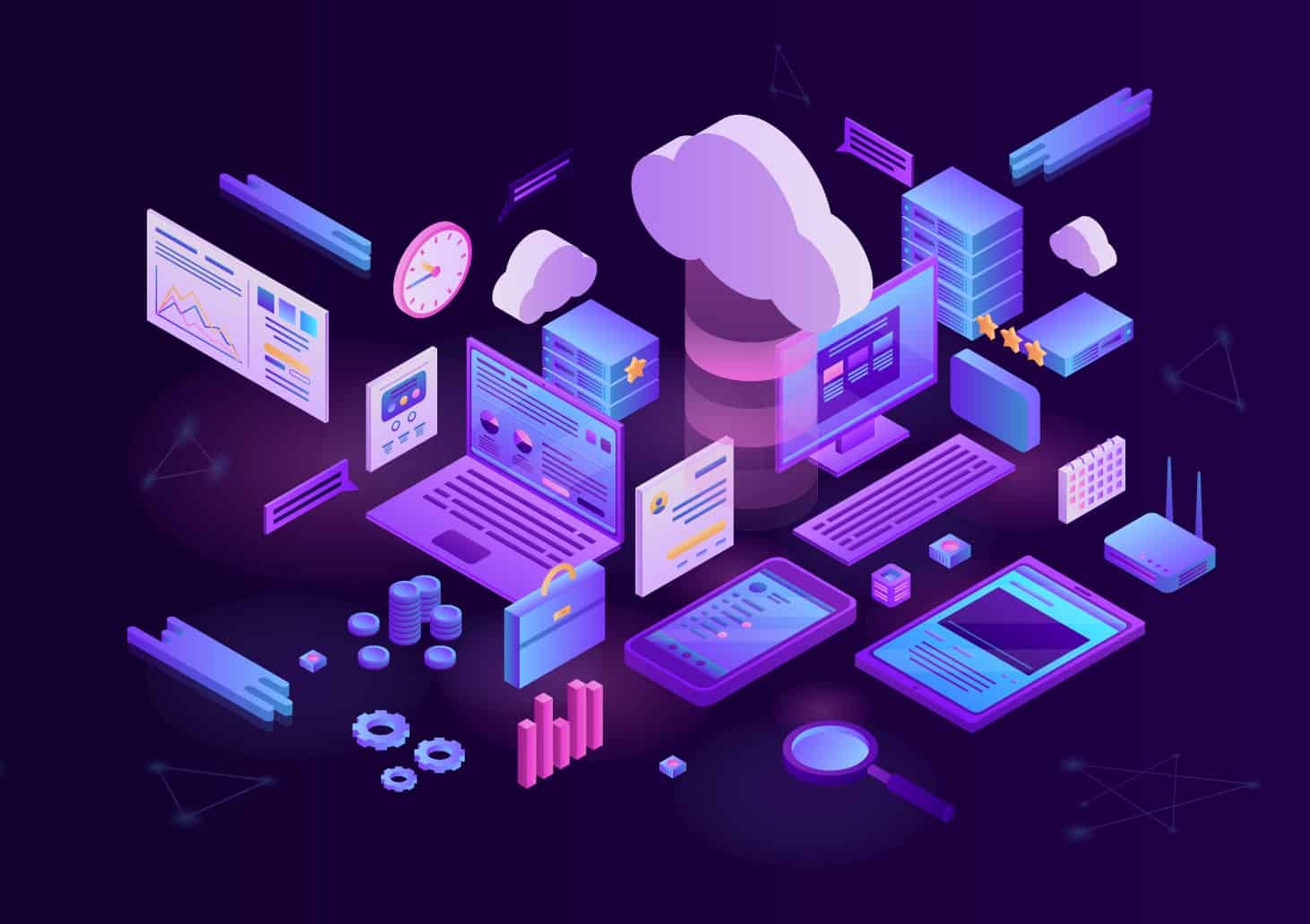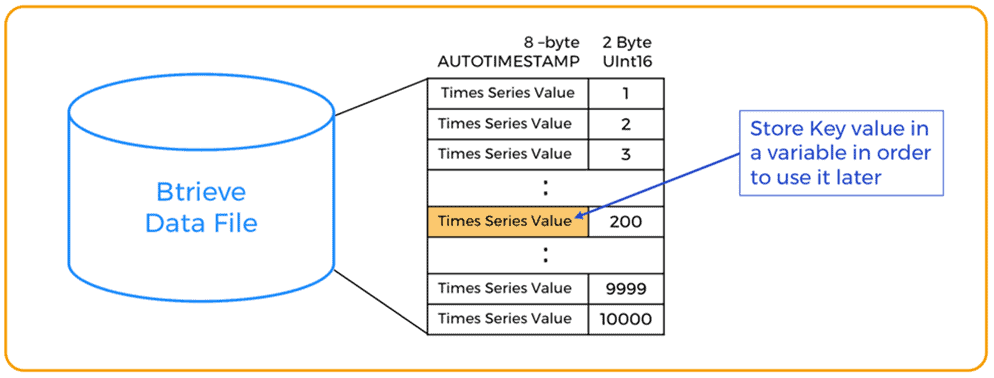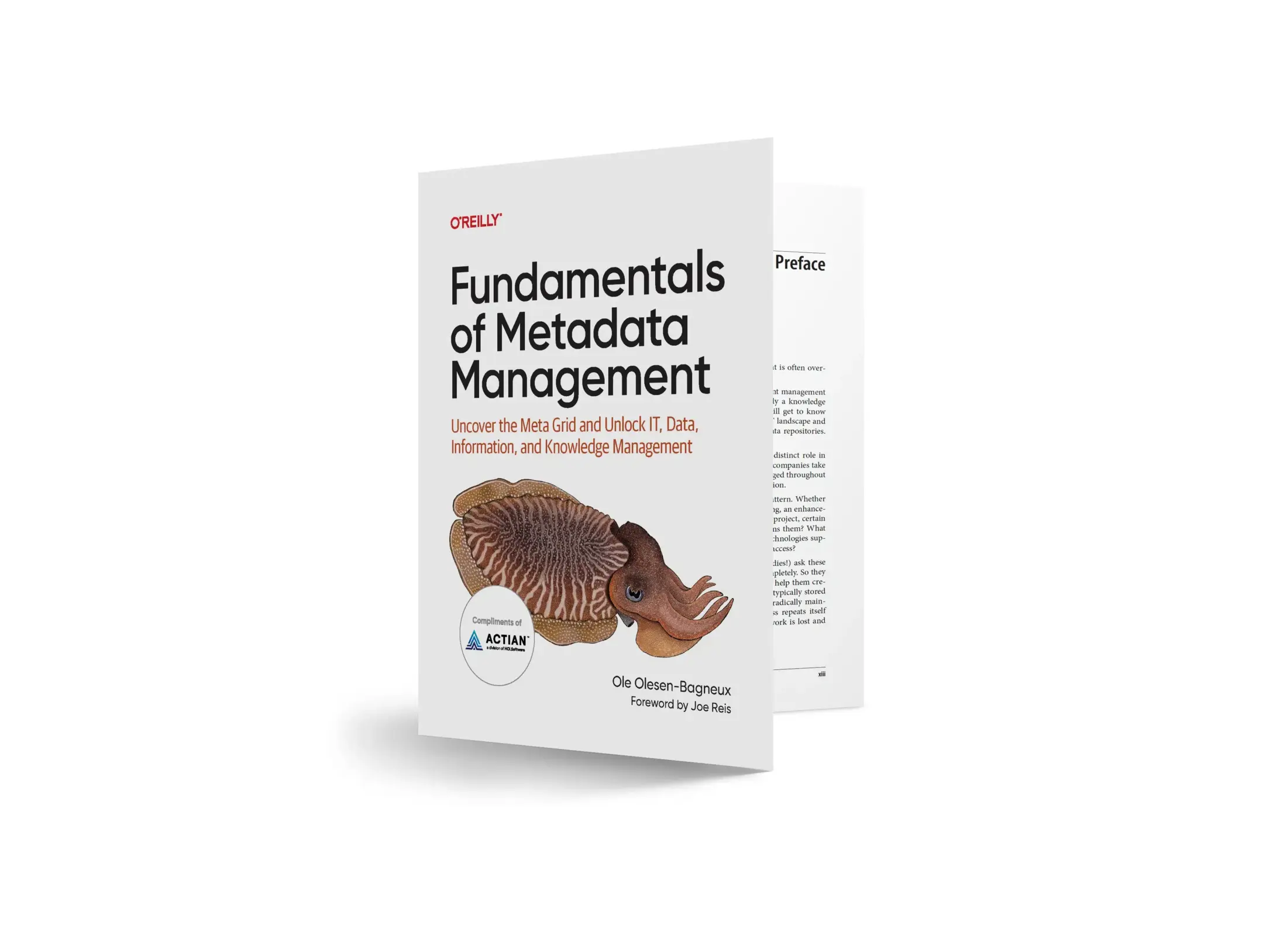Air France: Their Big Data Strategy in a Hybrid Cloud Context
Actian Corporation
October 22, 2020

Air France-KLM is the leading group in terms of international traffic departing from Europe. The airline is a member of the SkyTeam alliance, consisting of 19 different airlines, offering access to a global network of more than 14,500 daily flights in over 1,150 destinations worldwide. In 2019, Air France represented:
- 104.2 million passengers.
- 312 destinations.
- 119 countries.
- 546 aircrafts.
- 15 million members enrolled in their “Flying Blue” loyalty program*.
- 2,300 flights per day*.
At the Big Data Paris 2020, Eric Poutrin, Lead Enterprise Architect Data Management & Analytics at Air France, explained how the airline business works, what Air France’s Big Data structure started as, and how their data architecture is today in the context of a hybrid cloud structure.
How Does an Airline Company Work?
Before we start talking about data, it is imperative to understand how an airline company works from the creation of its flight path to its landing.
Before planning a route, the first step for an airline such as Air France is to have a flight schedule. Note that in times of health crises, they are likely to change quite frequently. Once the flight schedule is set up, there are three totally separate flows that activate for a flight to have a given departure date and time:
- The flow of passengers, which represents different forms of services to facilitate the traveler’s experience along the way, from buying tickets on their various platforms (web, app, physical) to the provision of staff or automatic kiosks in various airports to help travelers check in, drop off their luggage, etc.
- The flow of crew management, with profiles adapted to the qualifications required to operate or pilot the aircraft, as well as the management of flight attendant schedules.
- The engineering flow which consists of getting the right aircraft with the right configuration at the right parking point.
However, Eric tells us that all this… is in an ideal world:
“The “product” of an airline goes through the customer, so all of the hazards are visible. And, they all impact each other’s flows! So the closer you get to the date of the flight, the more critical these hazards become.”
Following these observations, 25 years ago now, Air France decided to set up a “service-oriented” architecture, which allows, among other things, the notification of subscribers in the event of hazards on any flow. These real-time notifications are pushed either to agents or passengers according to their needs: prevention of technical difficulties (an aircraft breaking down), climate hazards, prevention of delays, etc.
“The objective was to bridge the gap between a traditional analytical approach and a modern analytical approach based on omni-present, predictive and prescriptive analysis on a large scale” affirmed Eric.
Air France’s Big Data Journey
The Timeline
In 1998, Air France began their data strategy by setting up an enterprise data warehouse on the commercial side, gathering customer, crew and technical data that allowed the company’s IT teams to build analysis reports.
Eric tells us that in 2001, following the SARS (Severe Acute Respiratory Syndrome) health crisis, Air France had to redeploy their aircrafts following the ban on incoming flights to the United States. It was the firm’s data warehouse that allowed them to find other sources of revenue, thanks to their machine learning and artificial intelligence algorithms. This way of working with data had worked well for 10 years and even allowed the firm to overcome several other difficulties, including the tragedy of September 11, 2001 and the crisis of rising oil prices.
In 2012, Air France’s data teams decided to implement a Hadoop platform in order to be able to perform predictive or prescriptive analysis (depending on individual needs) in real time, as the data warehouse no longer met these new needs and the high volume of information that was to be managed. It was only in a few months after the implementation of Hadoop, KAFKA, and other new-generation technologies that the firm was able to obtain much “fresher” and more relevant data.
Since then, the teams have been constantly improving and optimizing their data ecosystem in order to stay up to date with new technologies and thus, allow data users to work efficiently with their analysis.
Air France’s Data Challenges
During the conference, Eric also presented the firm’s data challenges in the implementation of a data strategy:
- Delivering a reliable analytics ecosystem with quality data.
- Implementing technologies adapted for all profiles and their use cases regardless of their line of business.
- Having an infrastructure that supports all types of data in real time.
Air France was able to resolve some of these issues with the implementation of a robust architecture (which notably enabled the firm to withstand the COVID-19 crisis), as well as the setting up of dedicated teams, the deployment of applications and the security structures, particularly regarding the GDPR and other pilot regulations.
However, Air France KLM has not finished working to meet their data challenges. With ever-increasing volumes of data, the number of data and business users growing, managing data flows across the different channels of the enterprise and managing data is a constant work of governance:
“We must always be at the service of the business, and as people and trends change, it is imperative to make continuous efforts to ensure that everyone can understand the data”.
Air France’s Unified Data Architecture
The Unified Data Architecture (UDA) is the cornerstone of Air France. Eric explains that there are four types of platforms:
The Data Discovery Platform
Separated into two different platforms, they are the applications of choice for data scientists and citizen data scientists. They allow, among other things, to:
-
- Extract the “knowledge” from the data.
- Process unstructured data, (text, images, voice, etc.).
- Have predictive analytics support to understand customer behaviors.
A Data Lake
Air France’s data lake is a logical instance and is accessible to all the company’s employees, regardless of their profession. However, Eric specifies that the data is well secured: “The data lake is not an open bar at all! Everything is done under the control of the data officers and data owners“. The data lake:
-
- Stores structured and unstructured data.
- Combines the different data sources from various businesses.
- Provides a complete view of a situation, a topic or a data environment.
- Is very scalable.
“Real Time Data Processing” Platforms
To operate the data, Air France has implemented 8 real-time data processing platforms to meet the needs of each “high priority” business use case. For example, they have a platform for predictive maintenance, customer behavior knowledge, or process optimization on stopovers.
Eric confirms that when an event or hazard occurs, their platform is able to push recommendations in “real time” in just 10 seconds.
Data Warehouses
As mentioned above, Air France had also already set up data warehouses to store external data such as customer and partner data and data from operational systems. These Data Warehouses allow users to query these datasets in complete security, and are an excellent communication vector to explain the data strategy between the company’s different business lines.
The Benefits of Implementing a Hybrid Cloud Architecture
Air France’s initial questions regarding the move to the Cloud were:
- Air France KLM aims to standardize its calculation and storage services as much as possible.
- Not all data is eligible to leave Air France’s premises due to regulations or sensitive data.
- All the tools already used in UDA platforms are available both on-premise and in the public cloud.
Éric says that a hybrid Cloud architecture would allow the firm to have more flexibility to meet today’s challenges:
“Putting our UDA on the Public Cloud would give greater flexibility to the business and more options in terms of data deployment.”
According to Air France, here is the checklist of best practices before migrating to a Hybrid Cloud:
- Check if the data has a good reason to be migrated to the Public Cloud.
- Check the level of sensitivity of the data (according to internal data management policies).
- Verify compliance with the UDA implementation guidelines.
- Verify data stream designs.
- Configure the right network connection.
- For each implementation tool, choose the right level of service management.
- For each component, evaluate the locking level and exit conditions.
- Monitor and forecast possible costs.
- Adopt a security model that allows Hybrid Cloud security to be as transparent as possible.
- Extend data governance in the Cloud.
Where is Air France Today?
It’s clear that the COVID-19 crisis has completely changed the aviation sector. Every day, Air France has to take the time to understand new passenger behavior and adapt flight schedules in real time, in line with the travel restrictions put in place by various governments. By the end of summer 2020, Air France will have served nearly 170 destinations, or 85% of their regular network.
Air France’s data architecture has therefore been a key catalyst for the recovery of their airlines:
“A huge thanks to our business users (data scientists) who every day try to optimize services in real time so that they can understand how passengers are behaving in the midst of a health crisis. Even if we are working on artificial intelligence, the human factor is still an essential resource in the success of a data strategy”.
Subscribe to the Actian Blog
Subscribe to Actian’s blog to get data insights delivered right to you.
- Stay in the know – Get the latest in data analytics pushed directly to your inbox.
- Never miss a post – You’ll receive automatic email updates to let you know when new posts are live.
- It’s all up to you – Change your delivery preferences to suit your needs.
Subscribe
(i.e. sales@..., support@...)








